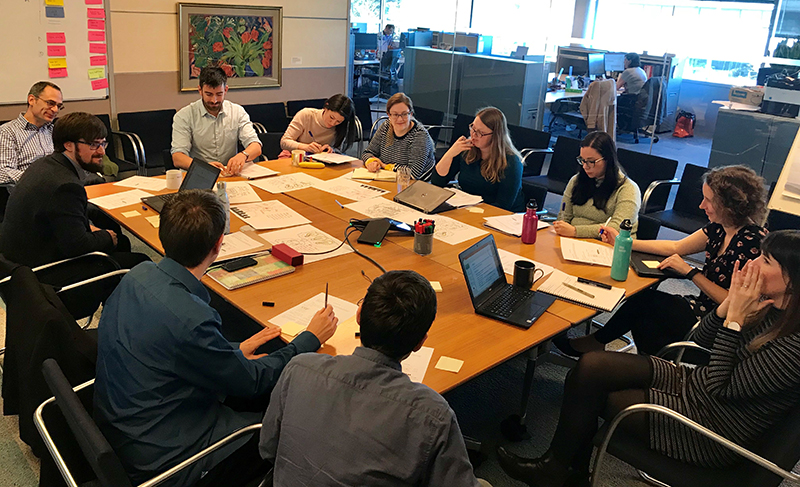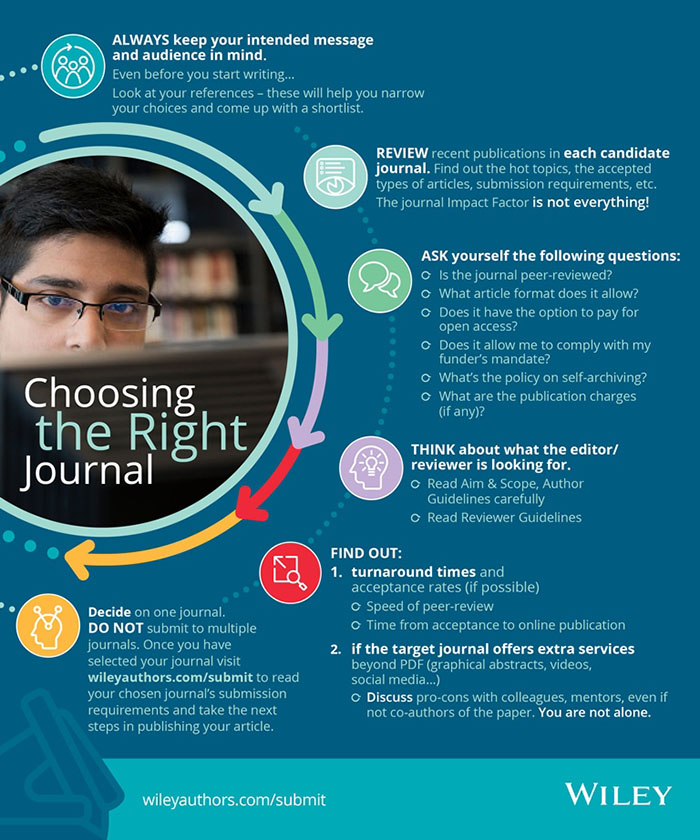how-to-deal-with-reviewer-comments
July 30, 2015
When a manuscript is submitted to a peer reviewed journal, if it is not rejected then it is almost inevitable that the authors will be asked to revise their manuscript before re-submission. Authors often receive this criticism of their manuscript out of proportion to the actual work that is required. On the whole, more experienced authors who have been through the publishing process a few times, take a more measured approach than their less-experienced counterparts. Nevertheless, for any author, a request for revisions should be considered an opportunity and it ought to be taken. If a colleague has received a manuscript from a journal with a request for revisions and they ask me if they should revise and re-submit or send it elsewhere, I always advise them to revise and re-submit. Their manuscript has not been rejected and they have been given free advice on the points they need to address.
Extent of revisions
Some journals still use the convention of 'major' or 'minor' revisions, but some merely request revisions. The major and minor revisions distinction is arbitrary in any case and often meaningless. I have seen some reviewers write several pages of comments and tick 'minor revisions' while others write a one-line review with 'major revisions' ticked. Of course, the decision conveyed to the author will be an amalgam of these comments and opinions along with the editor's comments. Whether major or minor, the comments need to be addressed. Some authors recoil at an extensive and detailed list of comments. But, as a fellow author, I have learned to embrace such lists as they are usually very precise and instructive, leaving you in no doubt about what changes are expected before the manuscript will be considered for publication. There is nothing worse than a few vague comments which do not help you to improve the manuscript.
The first steps
Often reviewers will provide a list of discrete points but sometimes they will only provide a narrative review, where the points to be addressed are contained but not listed. In either case, your first steps - having read the reviews and gained an overall impression of what needs to be done and the extent of the work - is to make a list of the points and to contain these in a table with four columns, as follows: Number of comment; Reviewer's comment; Response; Page (i.e. the page at which the comment has been addressed). All the minor points should be dealt with first: the spelling mistakes; grammatical errors; inconsistencies; points of house style; and inaccurate comments. Let’s be clear: we all make these errors and they must be addressed. This way you will probably find that you have dealt with the majority of the points. Next, you need to address the substantial (in terms of size) and substantive (in terms of your analysis and arguments) points.
How to address reviewers' comments
The best advice here is to follow the process outlined by Williams (2004) who said:
• answer politely
• answer completely
• answer with evidence
Answering politely means never being insulting to the reviewers, the editor or the journal publishers; it is pointless and unlikely to advance your case for publication. As editors we do our best to discourage inappropriate comments by reviewers and to edit out any that they may make. If any of these to filter through to you then do not 'rise to the bait' and reply in kind; stick to the point that is being raised.
Answering completely means two things: responding to all the points that are raised; and responding to each of the points as thoroughly as you can. Your 'default' setting ought to be a willingness to make any necessary changes but if there are contradictory points between reviewers and/or a reviewer has actually misunderstood you or is patently wrong, then these points still need to be addressed. The worst mistake you can make is to ignore a point. And, if you are pointing out an error or a misunderstanding, then refer to the point above about being polite.
Answering with evidence means that, where you disagree with a reviewer you must support that with evidence and the best way to do this - provided the evidence is correct - is to reference other published work supporting your point.
Finally, be optimistic and proceed with the belief that if you address the points adequately, then you are very likely to be accepted and published.
For more on dealing with reviewer comments, you can listen to my podcast.
Reference:
Williams HC (2004) How to reply to referees' comments when submitting manuscripts for publication Journal of the American Academy of Dermatology 51, 79-83.
Image Credit/Source:parema/gettyimages











